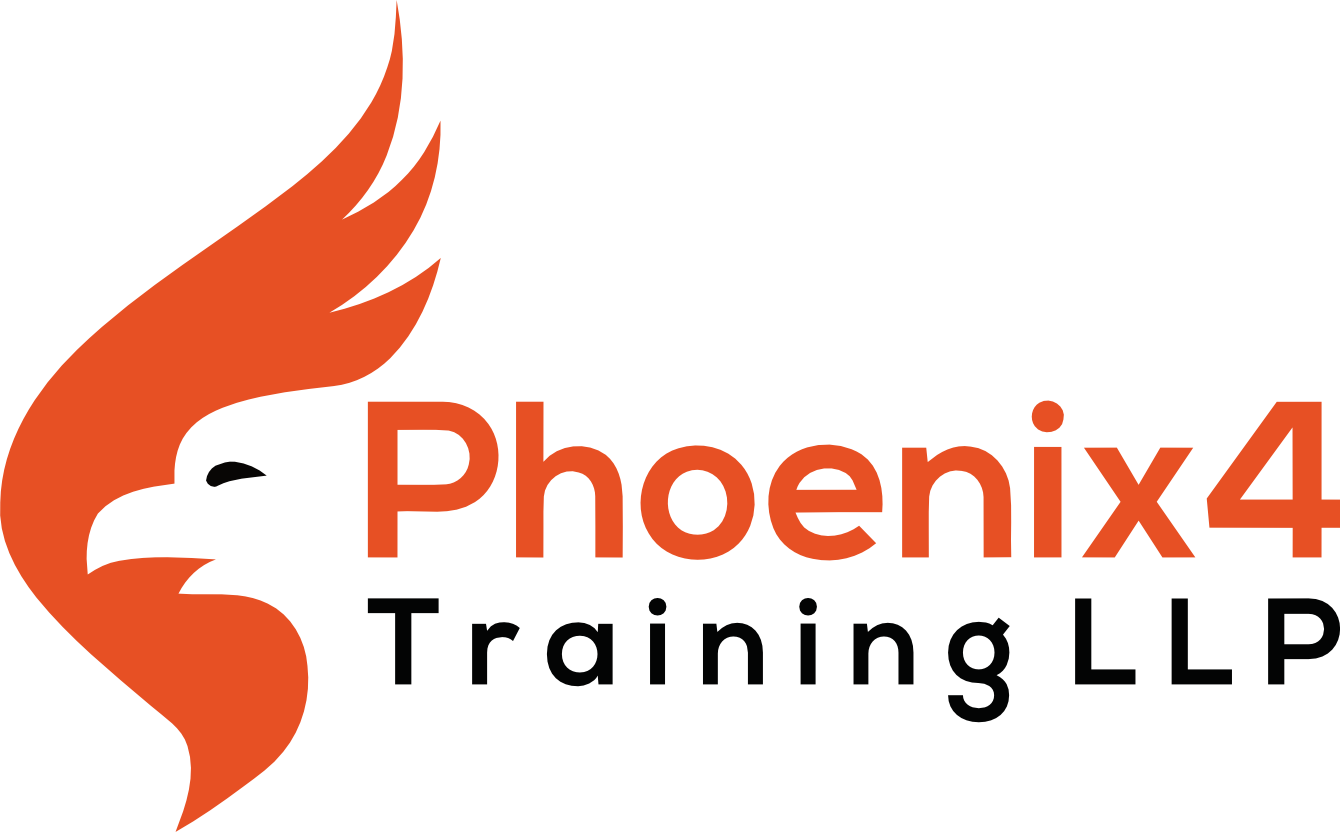
Tips for a successful apprenticeship interview
Any recruitment process should include face-to-face interviews because they give you the chance to meet potential employers in their workplace.
Everyone finds interviewing to be a stressful event, but with the correct preparation, you can reduce your anxiety and leave a lasting impression.
Face-to-face interviews are used by employers to get to know you better as a person, elaborate on the experience you mentioned in your application, and determine whether you are a good fit for the position.
You have the opportunity to learn more about the position and the business as well as get a sense of what it's like to work there by asking questions. Once you've located the ideal apprenticeship opening, take these quick steps to ensure you're well-prepared for the interview.
Ahead of your interview
1. Research the company and role
In a face-to-face interview, you'll have to show that you understand the organisation and the position. To learn about the company's history and goals, do some research on the website, paying particular attention to the About Us section.
To have a thorough picture of the kind of applicant the firm might be seeking and how you might suit the team, review the company's website and social media. To learn how customers assess the business, you can also visit independent review websites.
2. Prepare your notes
Make lists of your pertinent knowledge and experience in bullet points with important illustrations you can use in the interview. Give examples of how you meet the requirements listed in the job description for the essential skills. Give a brief summary of the company's services and include a list of any rival companies.
Prepare a list of inquiries regarding the organisation and the position to ask when the interview is over. You may inquire about the employer's expectations for the future of the business or the position.
3. Practise answering common interview questions
You may have gone through a phone interview stage before your face-to-face interview, so you’ll be aware of the type of question you may be asked.
The interviewer wants to know about you, why you’d be suitable for the role, and why you want to join the company. Questions will check if you’ll fit within the team, and what relevant experience you may have.
You’ll always need to introduce yourself, so memorise a concise summary of your experience and achievements which lasts around two to three minutes. Here are some common interview questions to prepare for:
Tell us about the role and company
Why did you apply for the position?
What do you hope to gain from this role?
Where do you see yourself in five years?
What are your main professional strengths and weaknesses?
4. Dress professionally
For your interview, you must present a professional image. Business attire typically includes a tie. Generally speaking, it's a good idea to dress one "step above" the regular day-to-day business attire for the firm and role.
Even if it is not required for the position you are applying for, smart shoes, a tie, a shirt, or equivalent formal attire should be worn. Before the interview, make sure your attire is tidy and ironed.
5. Reread your CV and cover letter
As part of your notes, don't forget to print and bring your CV and cover letter. Reread your application because the interviewer will be referring to it throughout the conversation.
6. Plan your travel arrangements in advance
It's crucial to prepare and provide enough time for your journey. Make sure you know which bus or train to take, when it departs, and where the closest parking is. It's always preferable to arrive early and kill time before your interview than to take the chance of arriving late.
On the day of your interview
Arrive 10 minutes early
Be polite and confident, and make eye contact throughout the interview
Speak clearly and slowly, as nerves might make you speed up in your speech
Listen to your interviewer to fully understand any questions asked
Always ask questions at the end of the interview
